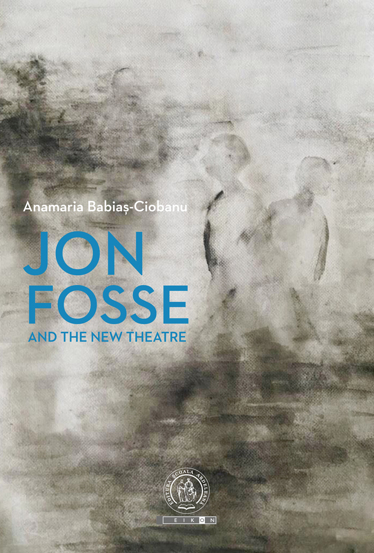Re-descoperim Clujul Vol. 2. Re-discovering Cluj Vol. 2
Re-descoperim Clujul II. Istorie, istorii, istorisiri un ghid de Vladimir-Alexandru Bogosavlievici / Re-discovering Cluj II. History, past events, stories a guide by Vladimir-Alexandru Bogosavlievici Editie bilingva romana-engleza. Asociatia "Vechiul Cluj" s-a constituit in vara anului 2013, cu scopul redescoperirii Clujului si a multiculturalitatii acestuia, printr-o incursiune in istoria municipiului si a judetului. Ceea ce a dus la infatisarea Clujului de azi este prea putin cunoscut de catre publicul larg, situatie care se poate schimba prin mediatizarea istoriei marcante a acestui oras. Incepand cu anul 2016, Asociatia a implementat proiectul „Re-descoperim Clujul”, in ale carui doua editii de pana acum s-au materializat cele doua ghiduri turistice ale colectiei. Incepand din anul 2014, Asociatia a mai desfasurat si proiectul „Povesti despre Cluj”, ajuns in prezent la a IV-a editie. - Sebastian-Iacob Moga "Vechiul Cluj" Association was founded in the summer of 2013, aiming at rediscovering Cluj and its multicultural character, by dwelving into the history of both city and county. What contributed to everything that represents Cluj of today is only partly known by the local public. The association wishes to change this fact, by diseminating elements of the remarkable history of the city. Beginning with 2016, the Association implemented the project “Re-discovering Cluj”, resulting in the first two published touristic guides of the series. Since 2014, the Association also became involved in organizing the “Stories of Cluj” project, which currently at its fourth edition. - Sebastian-Iacob Moga "Re-descoperim Clujul" a fost, in ordine cronologica, cel de al doilea proiect de anvergura al Asociatiei „Vechiul Cluj”. Asa cum sugereaza si titlul, publicul tinta al acestui proiect il constituie atat cei pentru care Clujul se lasa descoperit pentru prima data, cat si cei care i-au uitat comorile. Informatia despre diverse locuri, cladiri si personalitati ale Clujului se poate pierde datorita cresterii populatiei orasului prin imigratie, inceputa in timpul expansiunii industriale din perioada dictaturii comuniste si continuata in prezent. Ne-ar placea sa stim ca tururile ghidate si cele doua ghiduri publicate isi vor fi atins scopul, iar traditia istorica a Clujului va fi transmisa mai departe. - Victor Salca In chronological order, "Re-discovering Cluj” was the second large-scale project developed by "Vechiul Cluj" Association. As its title suggests, the targeted public of this project includes people that discover Cluj for the first time, as well as people that have forgotten its treasures. The information about various places, buildings, and personalities of Cluj might be forgotten due to the high growth rate of the city population, which began during its politically driven industrial development in the times of the communist dictatorship, and continues today. Nevertheless, we would be extremely pleased to know that the guided tours and the two printed guide books have achieved their goal, and that the historical tradition of Cluj will be known and further carried on. - Victor Salca In cel de al doilea ghid din seria dedicata redescoperirii Clujului, profesorul Vladimir-Alexandru Bogosavlievici ne indeamna pasii catre zone ale orasului care, in Evul Mediu, erau situate in afara burgului medieval. Nu sunt trecute cu vederea nici alte obiective mai apropiate sau mai indepartate de zidurile orasului de altadata, cum ar fi Piata Lucian Blaga, Gradina Botanica, Cetatuia cu fortificatia austriaca sau Parcul Etnografic creat de marele etnograf Romulus Vuia. Autorul ne conduce intr-o calatorie in care marile epoci ale trecutului se imbina adesea cu prezentul, sub bagheta sa, aproape magica, de posesor al unui neegalat tezaur de cunostinte. - Tudor Salagean In this second guide of the series dedicated to the rediscovery of Cluj, professor Vladimir-Alexandru Bogosavlievici directs our steps towards city neighbourhoods that, during Middle Ages, were outside of the medieval burg. The tours also included other objectives that are closer to or more distant from the old city walls, such as: Lucian Blaga Square, the Botanical Garden, the Citadel with the Austrian fortress, or the Ethnographical Park, founded by the great ethnographer Romulus Vuia. The author takes us on a journey in which, great periods of the past often merge with the present, as if under the magic wand of a master with an unmatched treasure of knowledge. - Tudor Salagea















